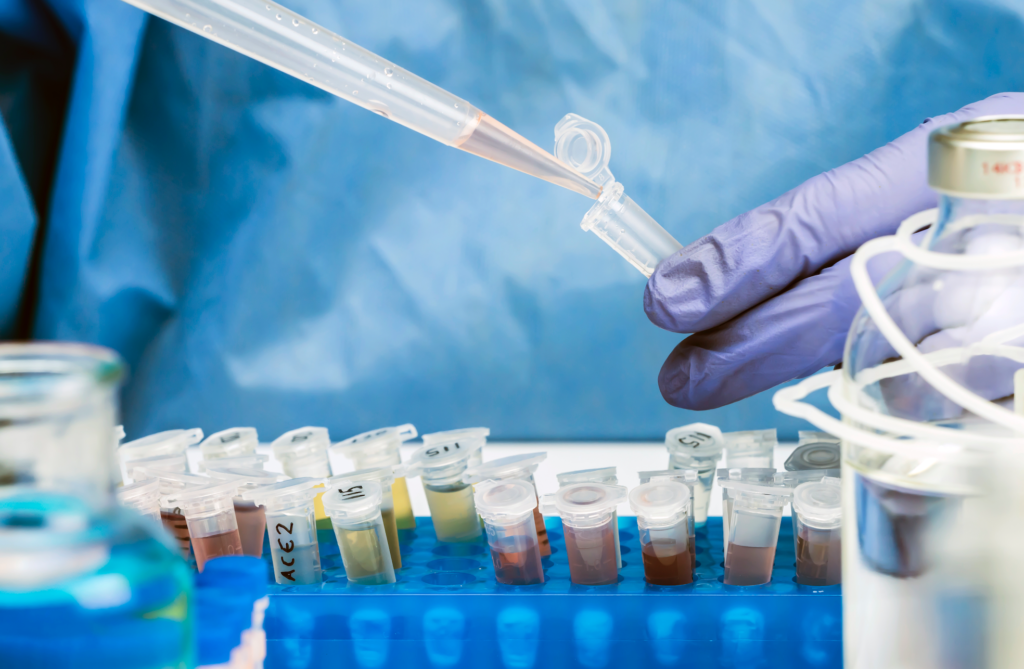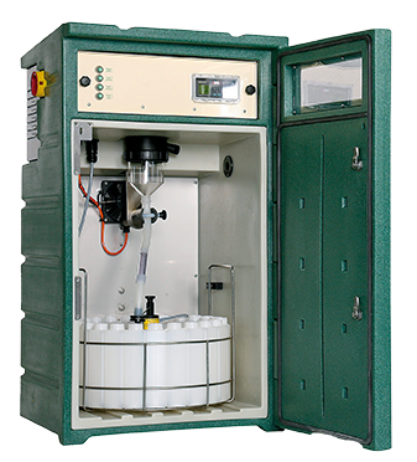LEARN MORE ABOUT:
What is wastewater analysis?
Wastewater sampling: what is measured and why?
The majority of businesses producing wastewater are required to carry out wastewater sampling to comply with their permit requirements.
Often this will be via self-monitoring, however companies may find themselves the subject of spot checks of their samples by the local water company to ascertain composition and volume of trade effluent produced. This supplied information is important as water companies use it to calculate final water treatment costs, using a method known as The Mogden Formula.

Wastewater analytes
What is being measured?
The full spectrum of analytes covered by MCERTS is listed in the Environment Agency standard Performance Standard for Organisations Undertaking Sampling and Chemical Testing of Water.
This is the standard businesses should refer to when implementing their effluent sampling processes as it details business requirements for the sampling and testing of trade effluent.

The most common analytes businesses are required to test by MCERTS are:
Physical properties
Physical properties analysed during wastewater testing include:
- Temperature – Discharged consents are sometimes waived when the temperature drops below 4ºC so it’s important to conduct accurate temperature monitoring to avoid regulatory issues
- pH – Monitoring acid/alkaline levels in water is important to ensure there is no impact on aquatic life. Even small changes to pH levels can have catastrophic results
- Electrical conductivity (salinity) – Conductivity measures the ion capacity of liquids to carry electrical current. The reason we measure this is because higher conductivity generally means there is a higher ion concentration from dissolved salts
- Turbidity – Turbidity refers to the clarity of the effluent. Although it is technically a measure of how cloudy the liquid is, often the particles are invisible to the naked eye which is why specialist equipment is required
- Colour/odour – Hazen colour and odour checks can be an important verification tool to check against other physical properties

BOD & COD
Dissolved oxygen (DO) in water is essential to the survival of aquatic life.
In wastewater sampling, the BOD (biochemical oxygen demand) and COD (chemical oxygen demand) of effluent are measured to ensure water course DO levels will not be impacted by its discharge.
BOD measures the biological oxygen demand over a five-day period and equals the amount of dissolved oxygen required by organisms for aerobic decomposition of organic matter present in the water.
COD refers to the mass concentration of oxygen equivalent to a specified oxidant consumed by dissolved or suspended matter when a water sample is treated with that oxidant under defined conditions.
Solids
The level of solids in wastewater affect its quality and how it needs to be treated going forward.
Solids measurement differs from turbidity in that TSS measures the actual physical particles in the water (e.g. sediment) whereas turbidity measures the effect on light caused by particles. Solid measurement is split into:
- TSS (total suspended solids) – measures the dry weight of particles suspended (undissolved) in the sample. A high level of TSS allows water to absorb more light, increasing water temperature and reducing dissolved oxygen (DO), which can have a negative impact on aquatic life
- TDS (total dissolved solids) – effluent with a high level of TDS can contain high concentrations of salts, making it unsuitable for irrigation or industrial reuse
Nutrients
An excess of nutrients in water contributes to algae overgrowth.
Nutrient measurement is important as too much algae in water uses high amounts of nitrogen and phosphorus and results in the production of neurotoxins that are harmful to animals and may contaminate future drinking water.
Typically measured nutrients include:
- Nitrates
- Nitrites
- Phosphates
- Sulphates
- Chloride
Metals
Trade effluent from industrial processes is a primary source of heavy metal contamination.
Industries including textile, paper/pulp and metal finishing are all contributors, producing effluent that contains the “top four” toxic heavy metals arsenic (metalloid), cadmium, lead and mercury as well as chromium, nickel and zinc which are also toxic to humans and animals.

What is wastewater analysis?
Solutions
Next steps
The above list is not exhaustive, but contains some of the common analytes permit holders are required to be measured on. It may seem like an overwhelming task, but a good automatic wastewater sampler and associated monitors provide an accurate and user-friendly solution.
SIRIS offer a comprehensive range of MCERTS-approved wastewater samplers and analytical measurement tools designed to simplify the wastewater analysis process.
WE CAN HELP
For any queries or assistance with your trade effluent sampling or flow measurement, please contact our expert installations project team, who are set to help with any effluent challenge.